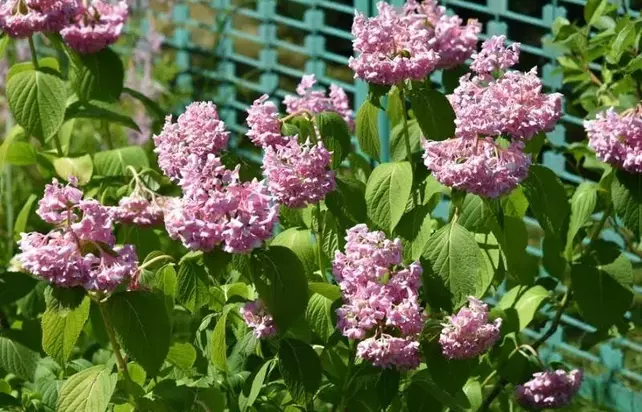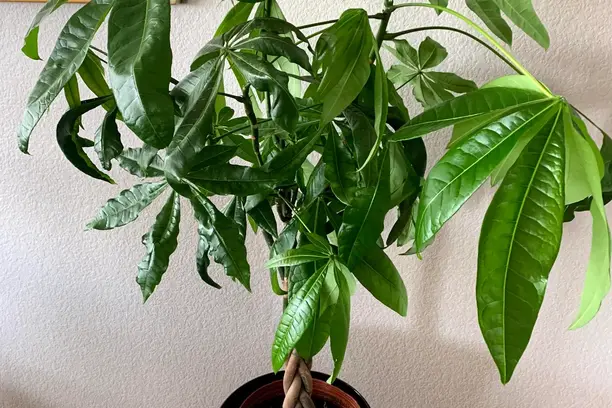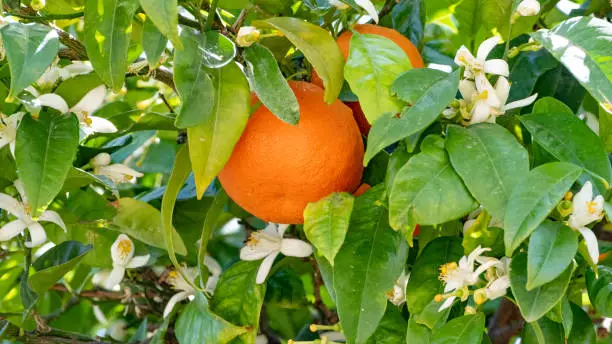The name hydrangea suggests that the plant requires adequate water or it will wilt. You can tell a healthy hydrangea by looking at the leaves, flowers, and stems. Reviving drooping hydrangea depends on how far the damage has gone. If the plant is drooping after a few hours from the store, there are tips to follow to get their big, delicate blooms healthy.
Hydrangea can droop due to dry soil, exposure to full sun, inadequate water, and excess nitrogen fertilizers. Newly planted hydrangeas can also wilt due to transplant shock. Since they thrive in a lot of moisture, move your hydrangea away from direct sun and apply compost mulch to keep the soil moist.
The blooms of a cut hydrangea may start to wilt a few hours after placing them in a vase of water. That occurs due to the sticky sap that blocks the stem and discourages water flow to the plant’s body. For cut hydrangeas, place them in moderately warm or lukewarm water to do away with the sap and revive the pom lush, beautiful bloom.
Why is my hydrangea wilting?

You may notice drooping in your hydrangea’s flowers after rains. Unlike tulips and lilies, hydrangea blooms absorb water through the stems and their petals. Therefore, the blooms absorb lots of rainwater, get heavy, and cause the tender branches to bend. However, a hydrangea that droops after rains will quickly recover on its own.
Here are other reasons your hydrangea could be wilting:
Underwatering
Hydrangea leaves, flowers, and stems droop to express the plant’s dislike of the local conditions, particularly not having enough water. Since water is essential for photosynthesis, underwatering denies hydrangea the hydrogen it needs to create glucose for energy.
Also, essential nutrients cannot travel from the soil to the plant’s body because it needs them in their dissolved form. By utilizing the little water in the plant system and the soil, hydrangea grows weak, droops, and may die if you don’t give it timely care.
Full sun
Too much direct sunlight burns the foliage and causes hydrangeas to wilt. Direct sun increases the plant’s internal and external temperatures, exposing the large hydrangea leaves to significant transpiration. Thus, more water is lost from the hydrangea than it absorbs from the soil.
The plant’s cells are dehydrated, and the flowers, leaves, and stems can no longer remain erect.
Dry soil
Hydrangeas love moist soil. Dry soil can be caused by high temperatures or poorly draining soil like sandy soil, which loses water quickly. Less water in the soil thins hydrangea’s xylem tissues, and the root hairs start to die. As the plant loses its turgidity, you will notice drooping on the leaves. The stems may no longer support the heavy blooms, and hydrangea may look sad in your yard.
Excess nitrogen fertilizer
Hydrangeas do not need much fertilizing. Therefore, overfertilizing them is one of the leading causes of drooping leaves and stems. Sometimes excess nitrogen may come from lawn fertilizer run-off.
High nitrogen concentrations in the growth media may accelerate the growth of hydrangeas, but it will result in thin and spindly stems. The blooms and the leaves may grow heavier than the stem, causing them to sag. In addition, excess fertilizers burn hydrangea roots and interfere with water absorption.
Transplant shock for newly planted hydrangeas
Transplanting often destroys the fine hydrangea roots, which are crucial for absorbing most water. Newly planted hydrangeas can also show signs of drooping due to the difference in the native soil composition and soil moisture.
How to fix and revive drooping hydrangea
You will need to play detective to identify the causes of drooping in your hydrangea. Once you have established the cause of damage, reviving your plant should be easy.
Here are some ways to fix and revive drooping hydrangea;
Apply mulch three to five inches deep
Mulch hydrangea in spring. Mulching will not just keep your soil moist throughout the summer but can also insulate your plant during freezing winter temperatures. The recommended mulching options for hydrangea include pine straw, chopped leaves, or wood mulch. Mound the mulch around hydrangeas about three to five inches deep.
Mulch at least once every year to reduce instances of watering. Mulching should keep the soil moist and prevent drooping that may result from dry soil and underwatering.
Enrich the soil with organic matter
Good soil is essential for discouraging drooping in plants. Hydrangeas thrive in rich, well-drained loam soils. You should add aged manure or organic compost to enrich the soil with beneficial microorganisms. If your yard is made of clay soil, add gypsum and turn it well before planting hydrangea. Nutrient-rich soil does not require fertilizer addition.
Grow hydrangea in dappled light
Four to six hours of daily sunlight is ideal for hydrangeas. However, remember that direct sunlight is harmful to the blooms and leaves of the plant. To avoid the burning or wilting of the plant, you need to grow hydrangea in a partial or complete shade.
If you can locate the plant where it gets full morning sunlight and protection against the midday sun, hydrangea will stay healthy for a long time. If your
Mist the leaves and flowers
If your hydrangeas leaves and flowers are wilting, you can try to fix the problem by misting the petals once a day. Hydrangeas do not just absorb water through their roots but also their stems and flowers. Misting is particularly essential if your plant grows in a warm and dry environment.
Also, if you have cut hydrangeas in a bouquet, misting will keep the leaves and flowers healthy as they absorb the water and regain turgidity.
Deeply water hydrangeas three times a week
You will know hydrangea requires water when the leaves begin to droop or if the soil’s top one or two centimeters feels dry. If you notice these signs, deeply water the plant three times a week, early morning or late evening. Even though they prefer moist soil, make sure not to overwater and end up with wet soil.
Regular watering will help retain the big hydrangea blooms even during hot, dry weather and summer.
Apply a slow-release nitrogen fertilizer
Clemson Cooperative Extension suggests a slow-releasing fertilizer for hydrangeas if your soil does not contain enough organic nutrients. The experts recommend applying two cups of a 10-10-10 fertilizer per 100 square feet. You should fertilize hydrangeas in March, May, and July. However, it is crucial to perform a soil test first.
If your soil is rich in nitrogen, use a fertilizer with more phosphorus and potassium to balance the soil and avoid heavy blooms and droopy foliage.
Grow in a pot of about 12 to 16 inches in diameter
I do not recommend growing hydrangea in small pots because the water dries out pretty fast. If you have a small pot for your hydrangea, perhaps that’s the reason your plant is wilting. A large container of 12 to 16 inches in diameter will hold enough water and moisture to keep the plant healthy and strong.
Most importantly, the pot should have drainage holes at its bottom to allow aeration of the soil and hydrangea’s roots. Avoid sitting the plant in stagnant water.
References:
[1] Oregon State University Extension. (2022) General Care for Hydrangeas.
[2] Clemson Cooperative Extension. (2021). Hydrangea.



